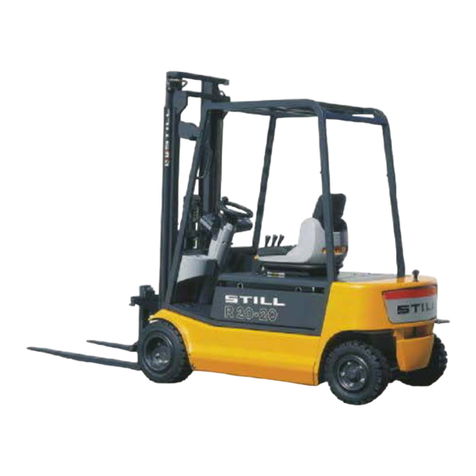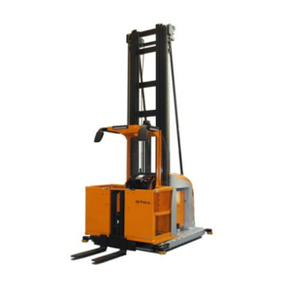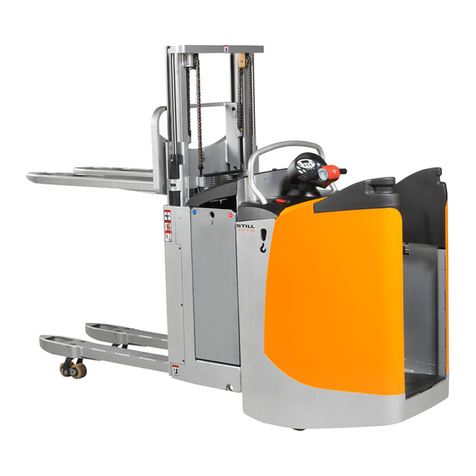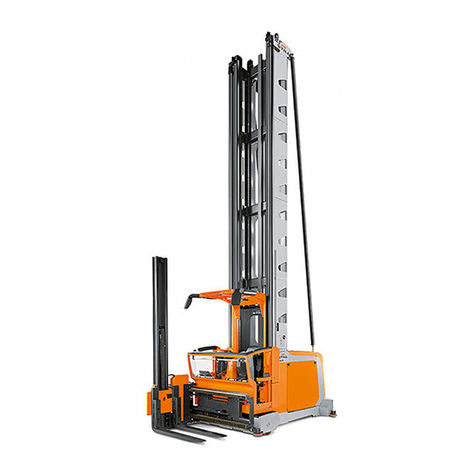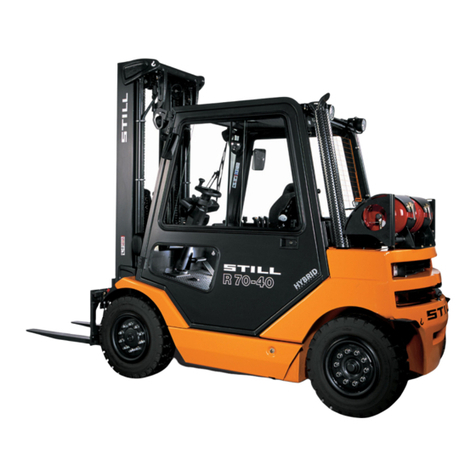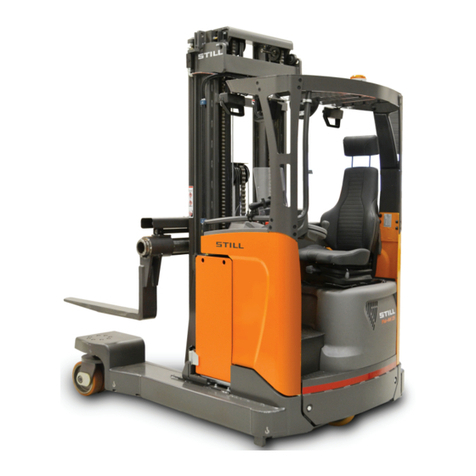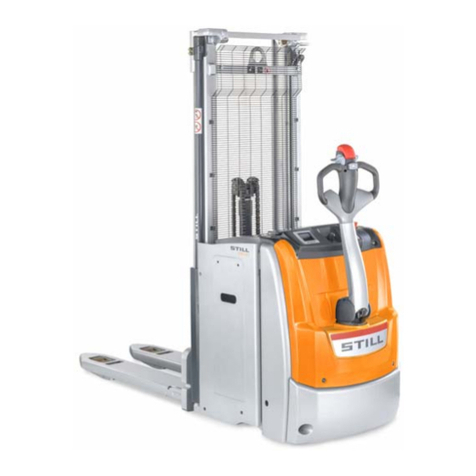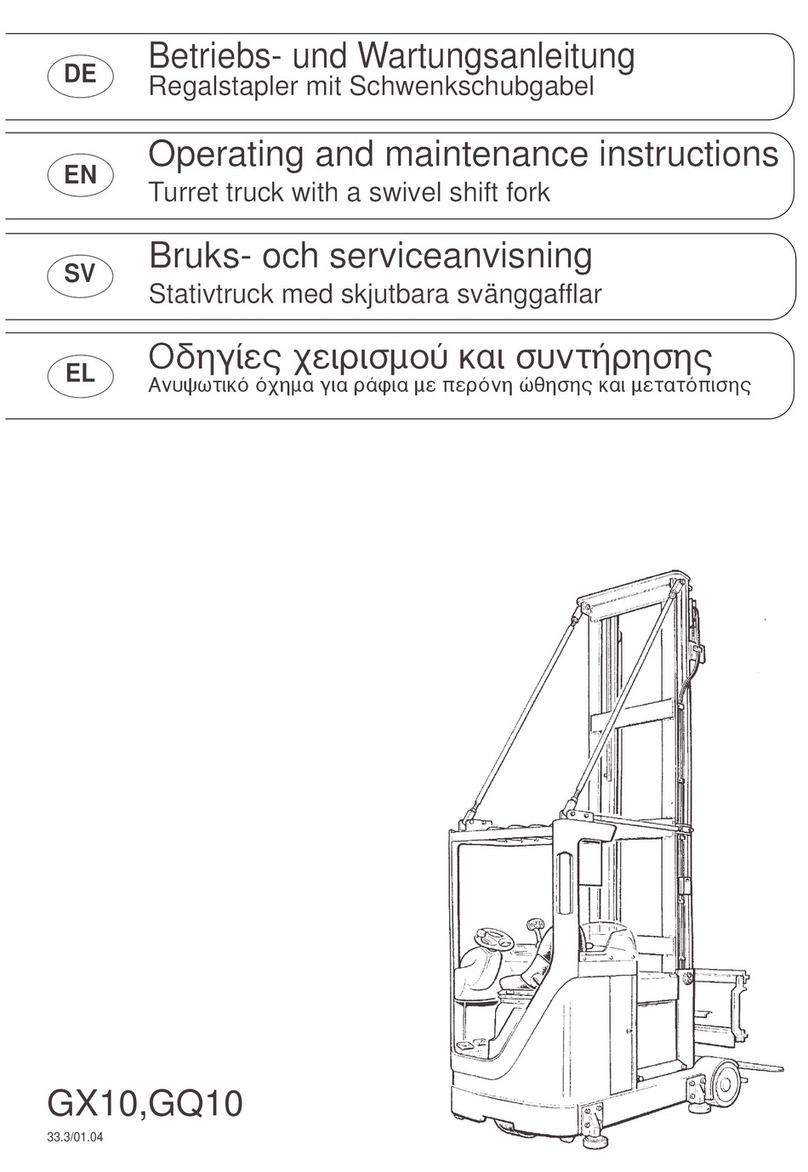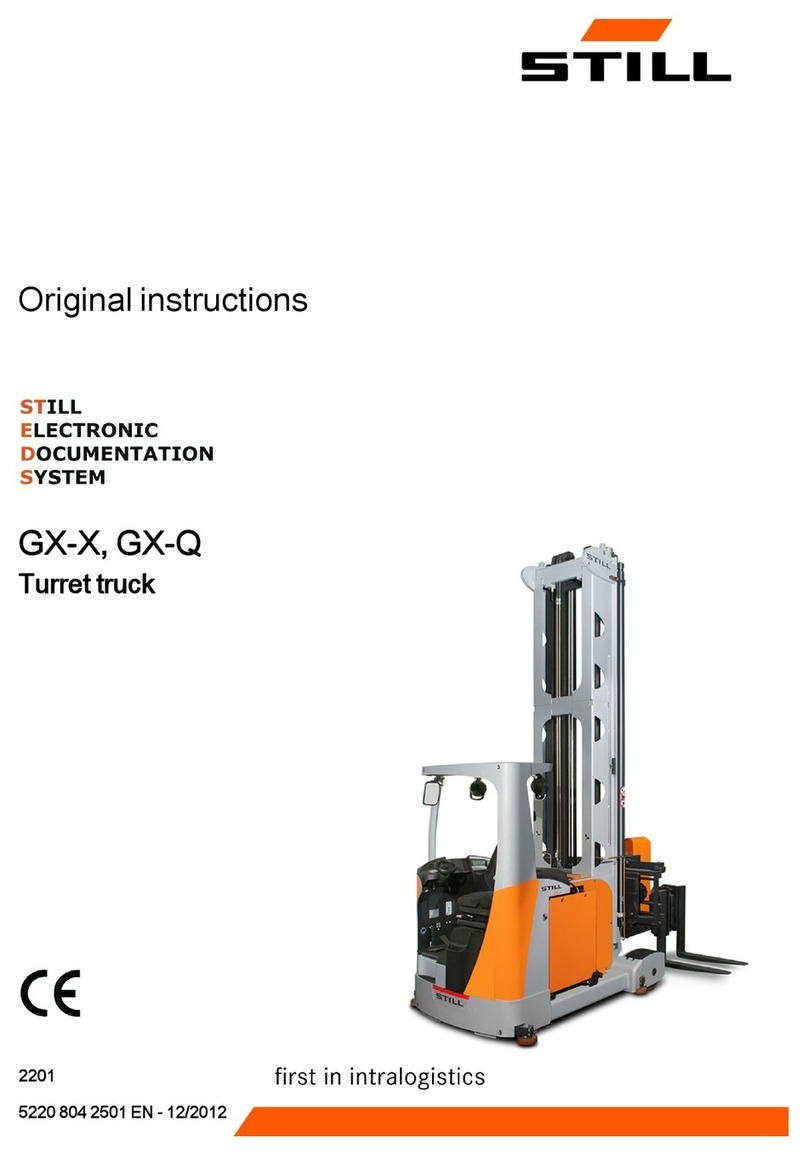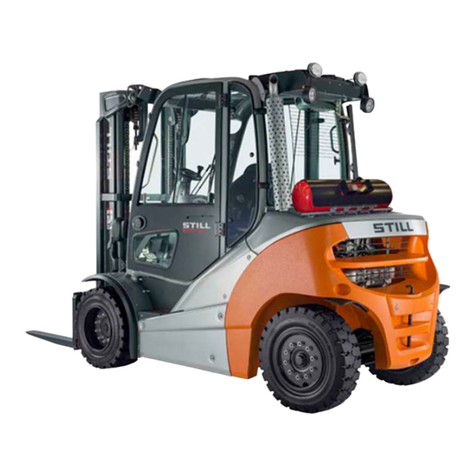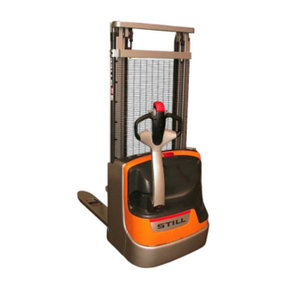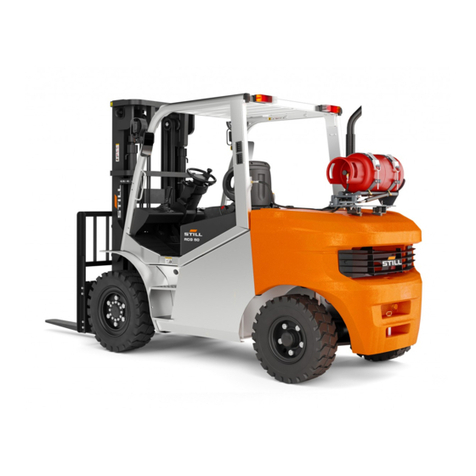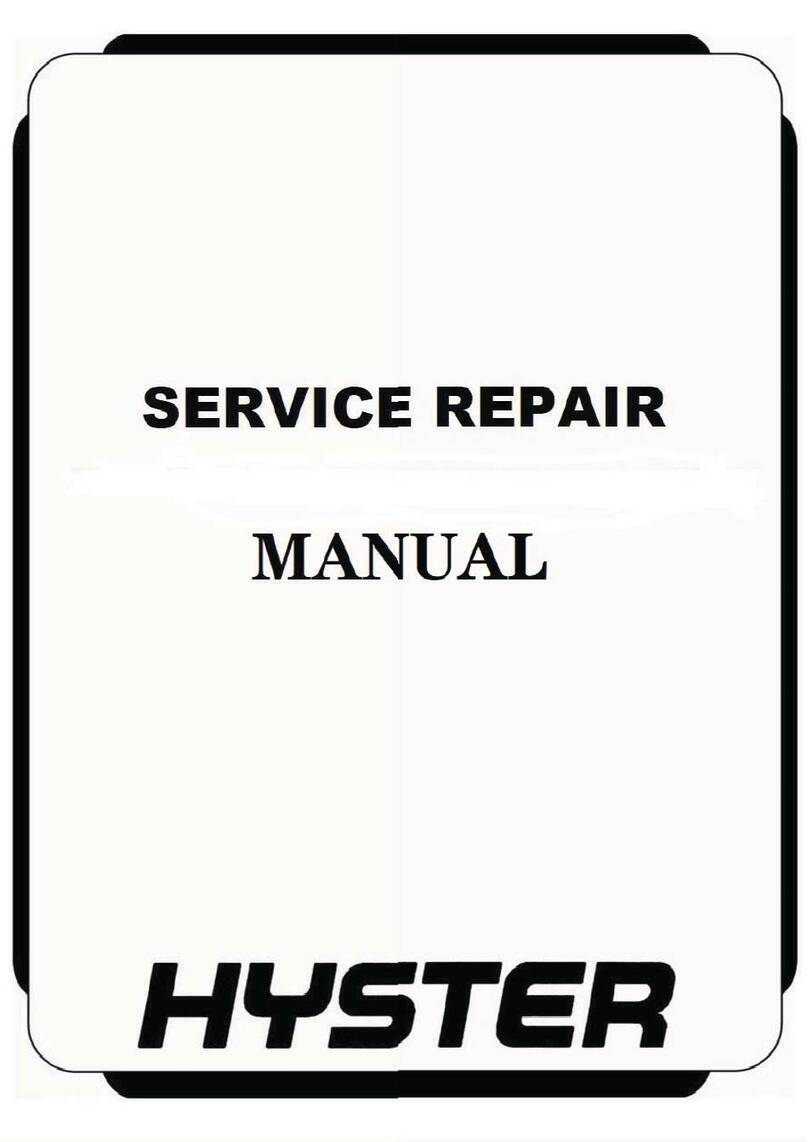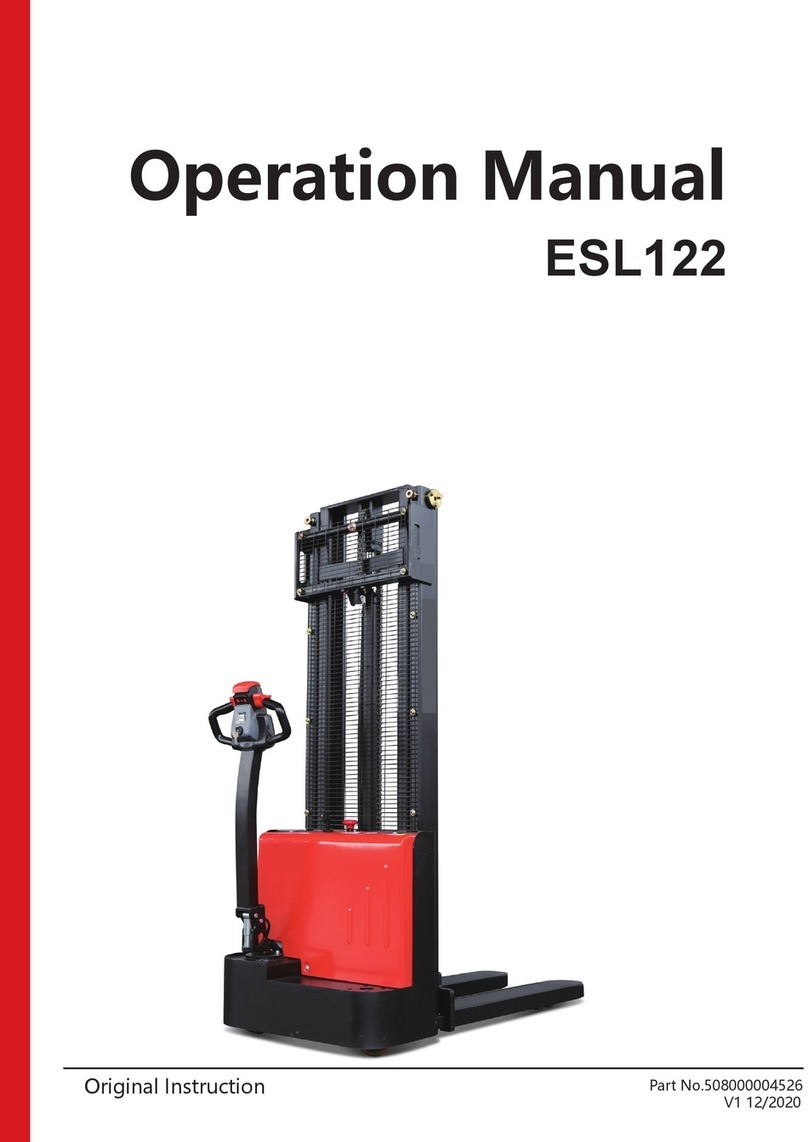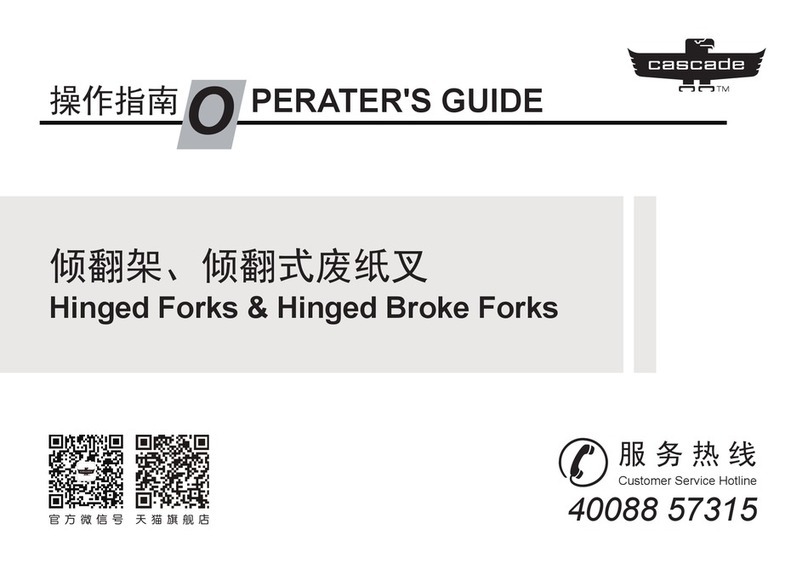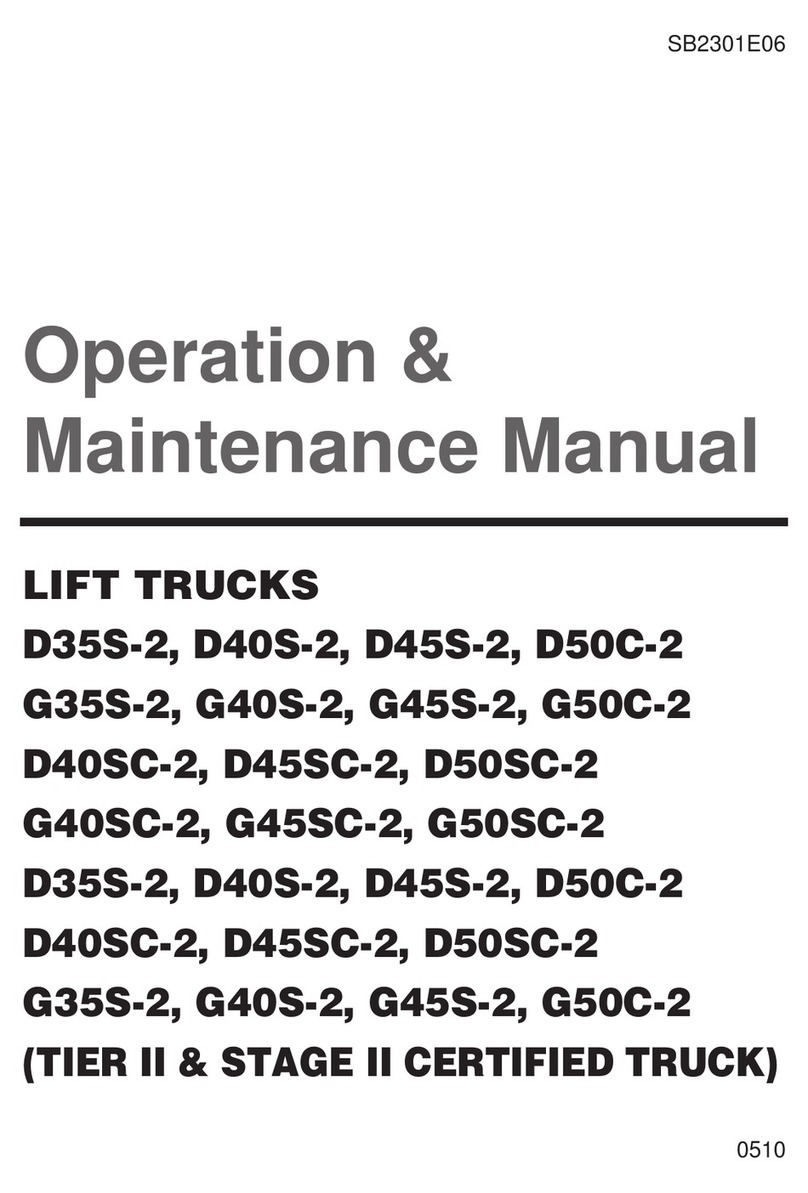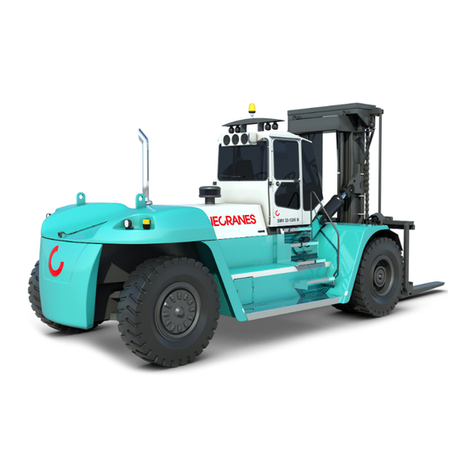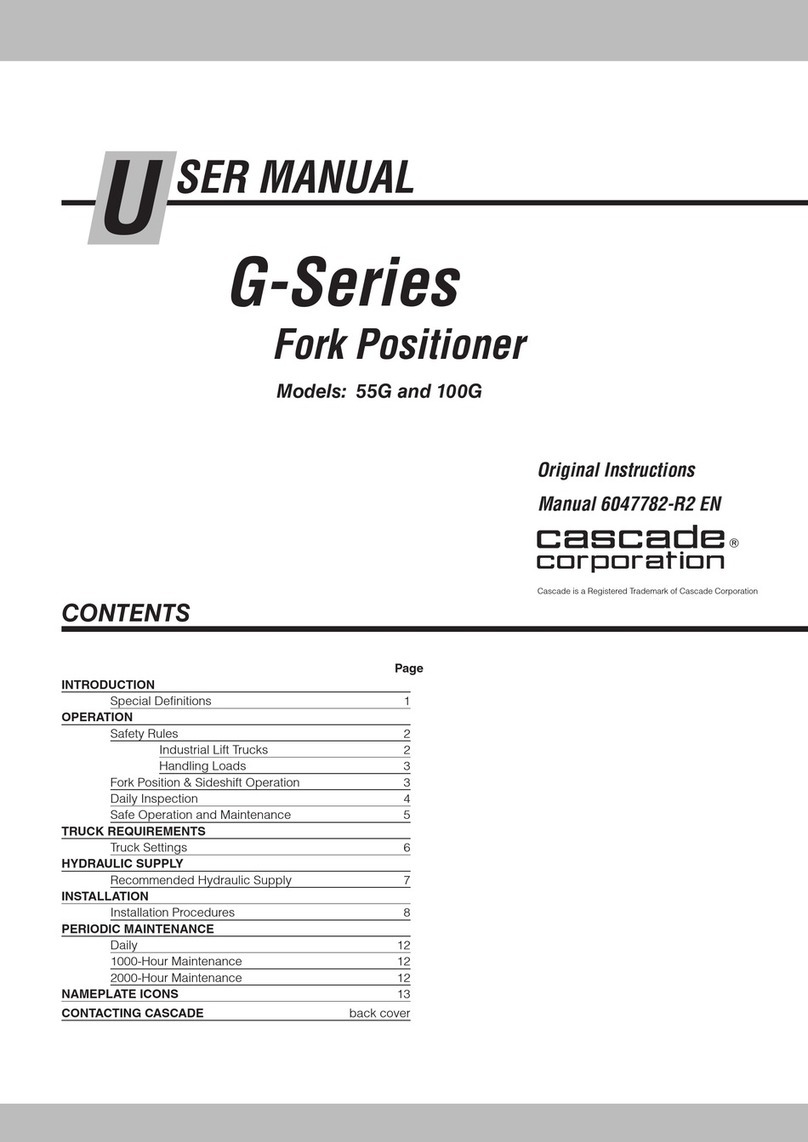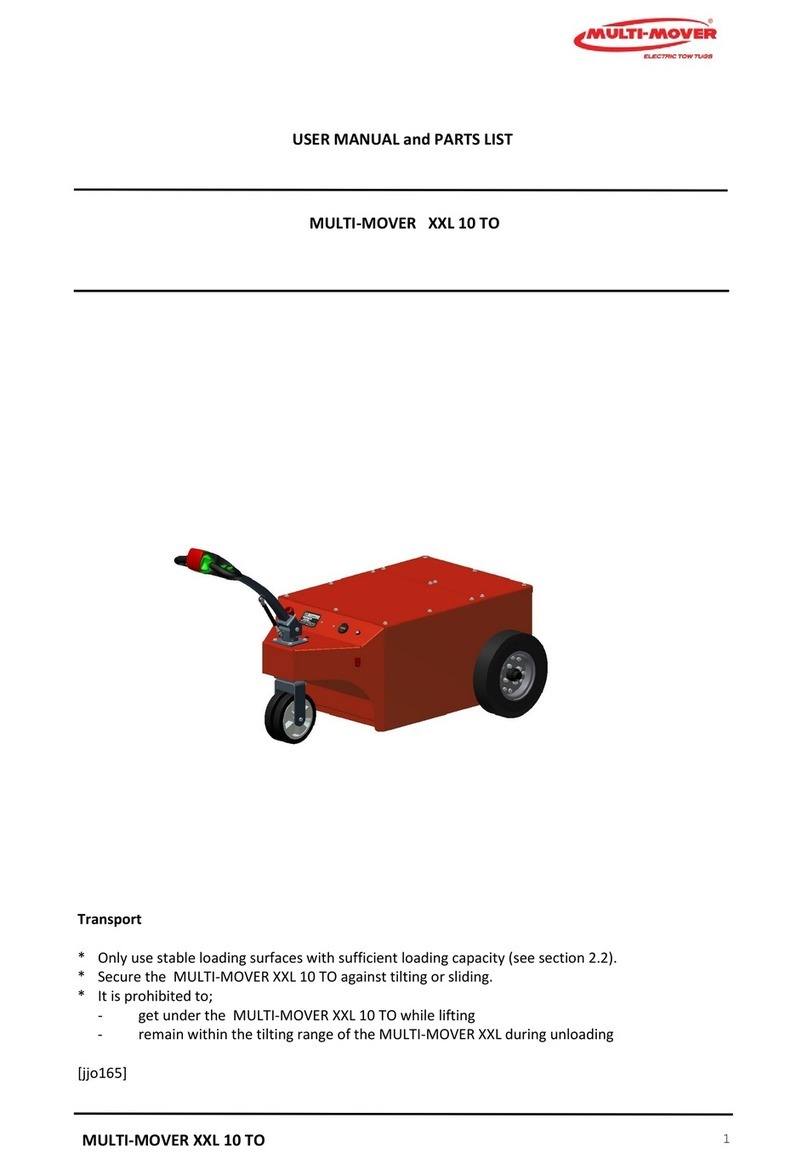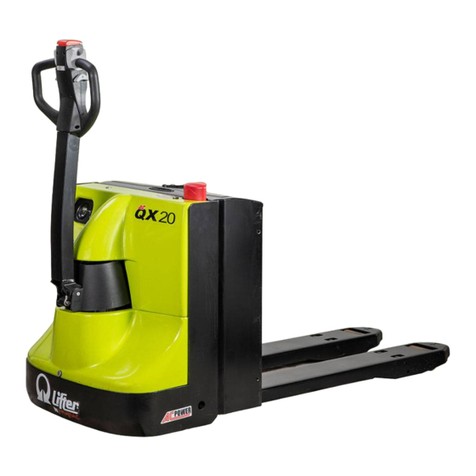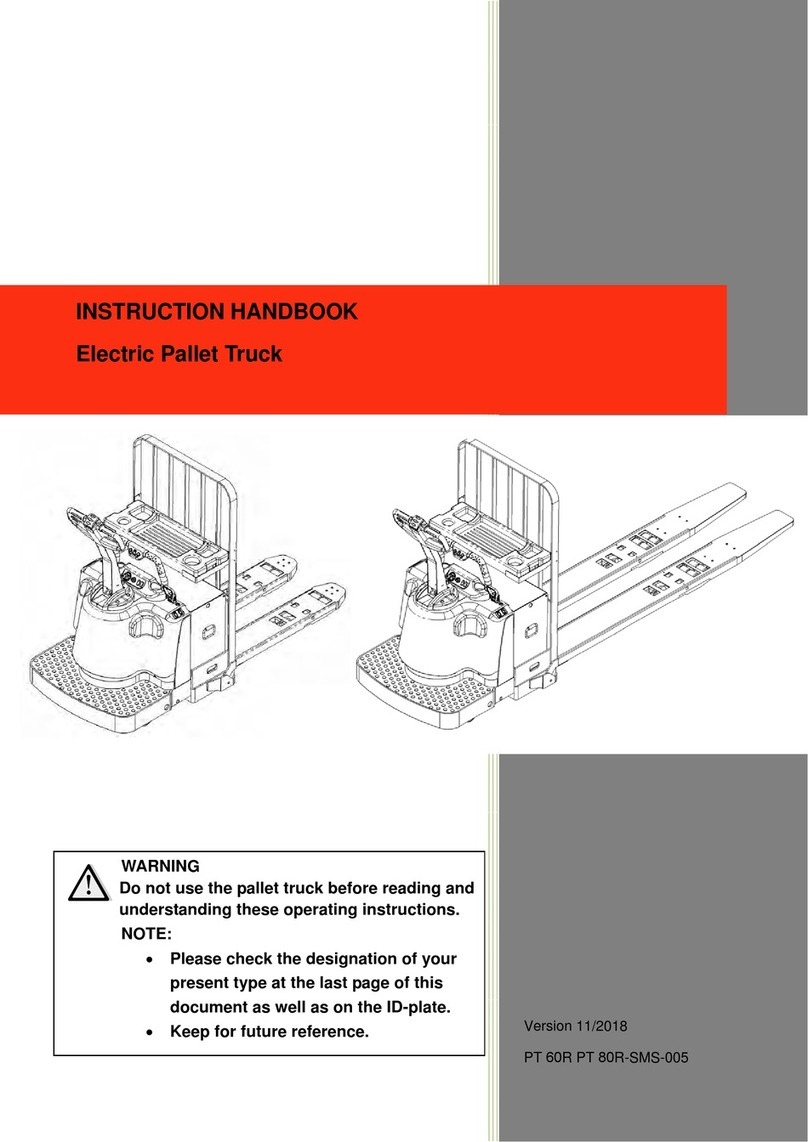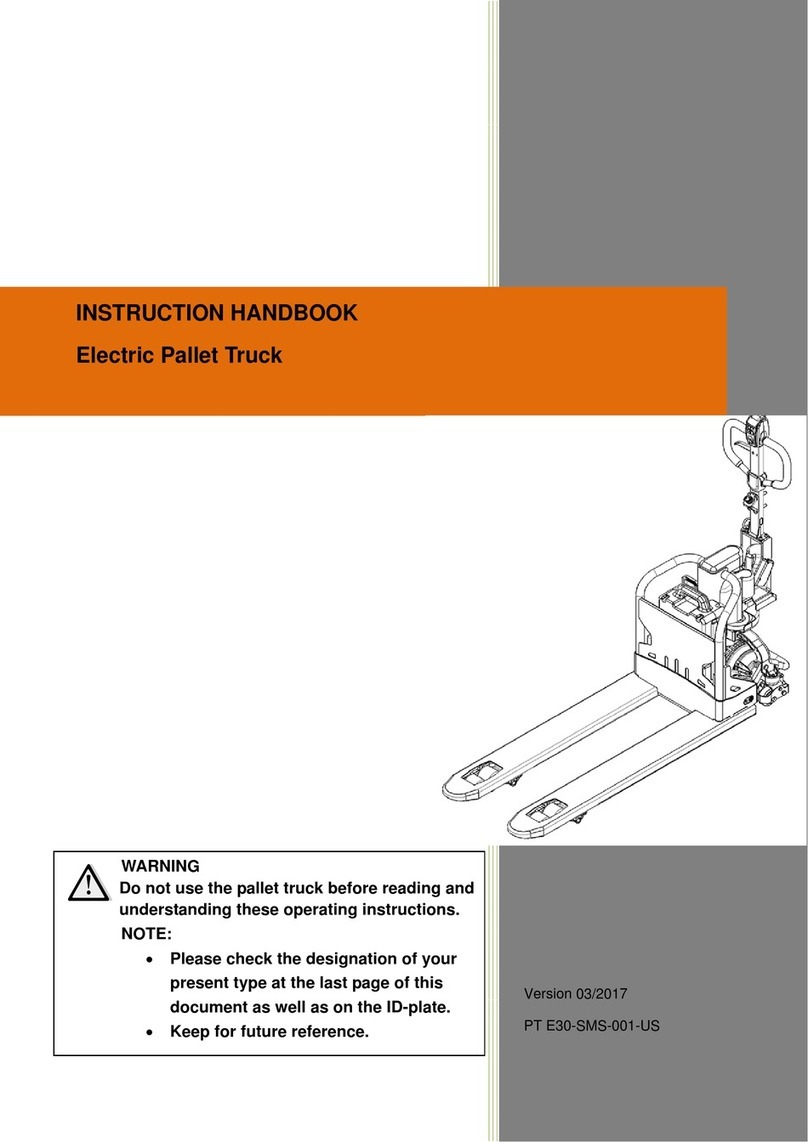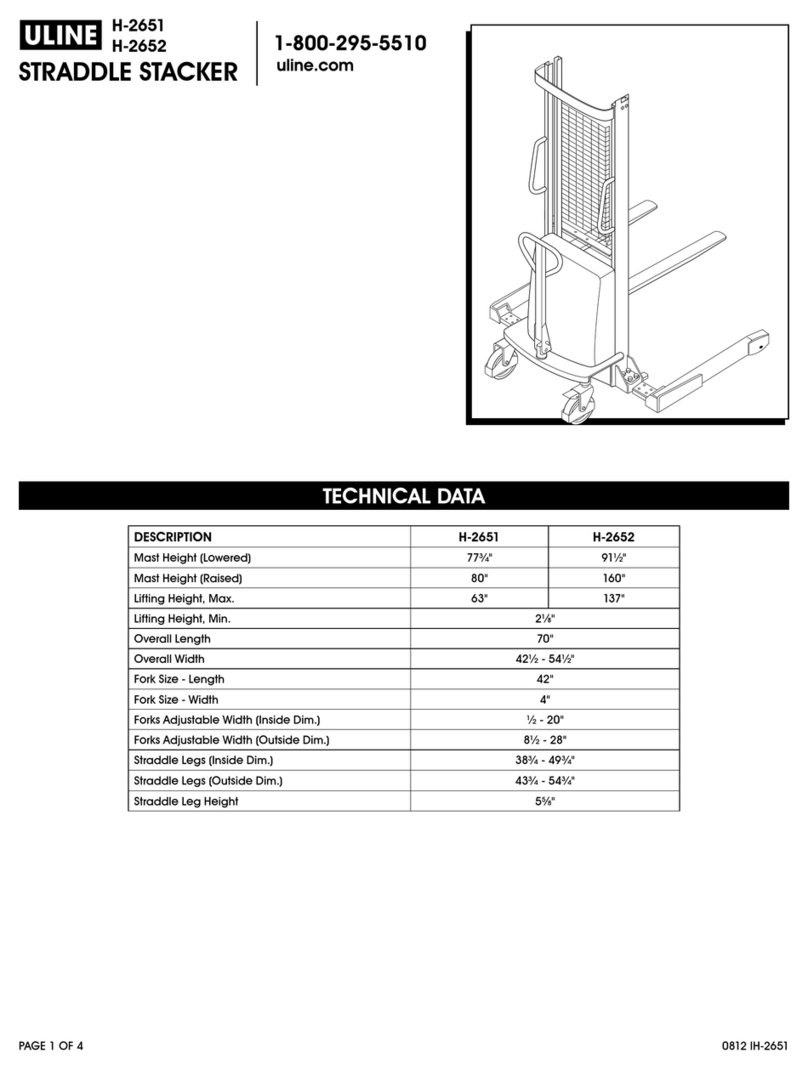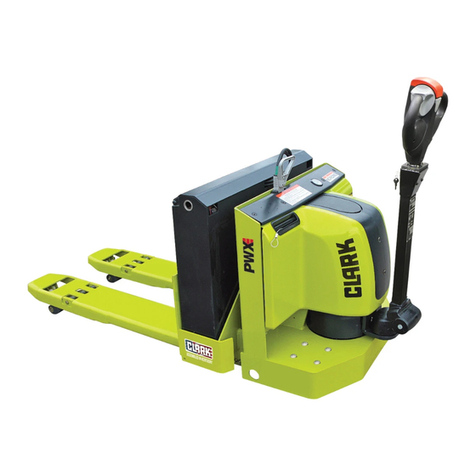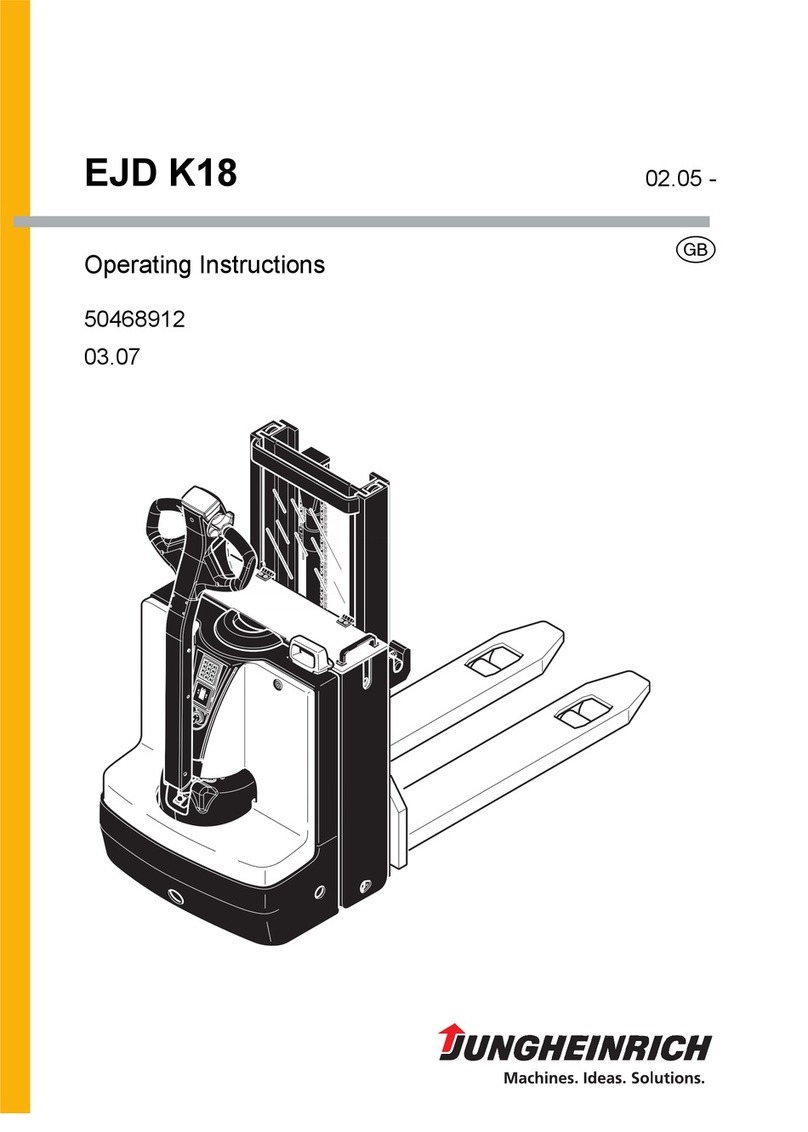
7
1.4 ASSESSMENT of EXPLOSION RISKS
A) Definition of Risk Assessment Method
On assessment of explosion risks, the use of risk assessment methods such as PHA (Process
hazard analysis), HAZOP, LOPA, BOW-TIE will be appropriate. The risk assessment method
that will be applied should be explained.
B) Attentions on Assessment of explosion risks
In carrying out the obligations laid down in Articles 6 of Regulation on the Protection of
Employees from the Dangers of Explosive Atmospheres the employer shall assess the specific
risks arising from explosive atmospheres, taking account at least of:
a) the installations, substances used, processes, and their possible interactions,
While analyzing risk of explosion processes and their interaction must be considered. In
addition, during the analyzing we have to know criterias of security of flash point of
chemical material, intensitygas and vapour as for that density, ignition point by oneself,
boiling point, explosion limit. Process description and chemical security parameters
should be included in document.
b) the likelihood that explosive atmospheres will occur and their persistence,
Primarly, substitution, concentration limiting and inert methods should be implemented
for preventing explosion atmosphere
c) the likelihood that ignition sources, including electrostatic discharges, will be present and
become active and effective,
With EN1127-1 Standard (Explosion atmosphere –Avoiding explosion and protection –
Chapter 1: Basic concepts and methodology) evaluate igniter sources that active in dangerous
area, equipments which use in this area should be choisen according to zone classification. the
scale of the anticipated effects.
Places which are or can be connected via openings to places in which explosive atmospheres
may occur shall be taken into account in assessing explosion risks.
There must be some prevention for decreasing the effect of explosion for a possible
explosion (durable design for explosion, explosion coveres, pressing and isolating the
explosion systems )


